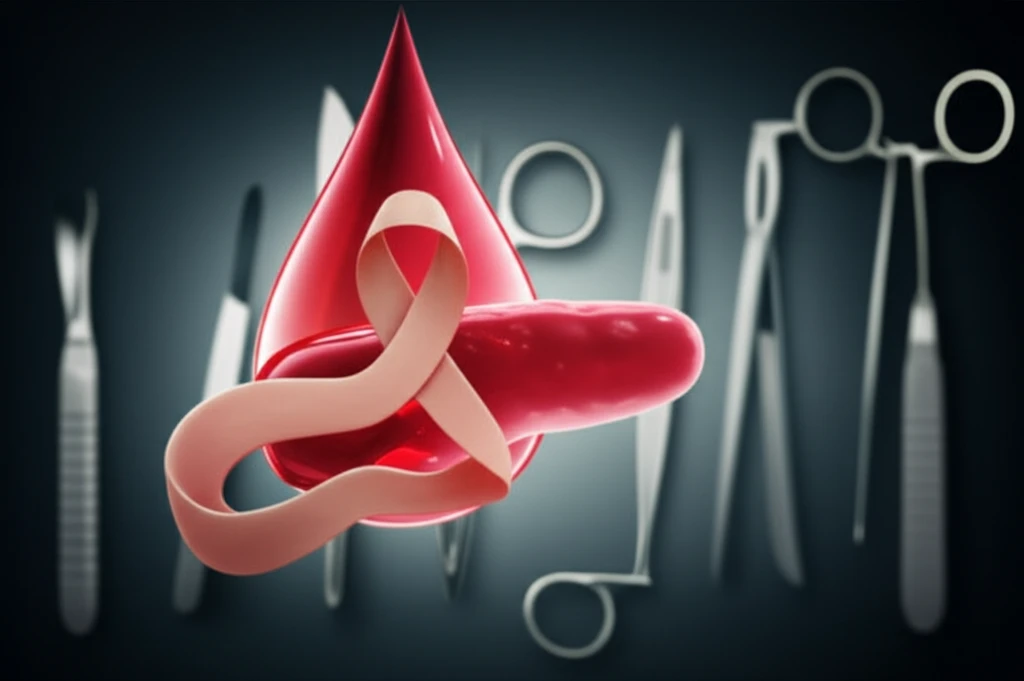
Decoding Post-Surgery Risks: The CRP/Albumin Ratio in Pancreatic Cancer
"A simple blood test taken after pancreatic cancer surgery could reveal hidden risks and impact long-term survival."
Pancreatic cancer is a formidable disease, often diagnosed late and with limited treatment options. While surgery offers the best chance of a cure, it's a major undertaking, and predicting how well a patient will recover can be challenging. Existing methods often focus on pre-operative factors, but what about the body's response after the surgery?
New research is shedding light on a simple yet powerful indicator: the C-reactive protein/albumin (CRP/Alb) ratio. This ratio, easily calculated from a routine blood test taken after surgery, appears to be a significant predictor of a patient's recovery and long-term survival following pancreatic cancer surgery.
This article will break down the study's findings, explaining how the CRP/Alb ratio works, what it reveals about a patient's post-operative state, and why it could become a valuable tool for improving outcomes in pancreatic cancer treatment.
CRP/Alb Ratio: Your Body's Post-Surgery Story

The CRP/Alb ratio is calculated by dividing the level of C-reactive protein (CRP) by the level of albumin in the blood. CRP is a marker of inflammation in the body, and its levels rise in response to stress, infection, or tissue damage. Albumin, on the other hand, is a protein in the blood that reflects nutritional status and the body's ability to heal.
- Shorter overall survival
- Shorter relapse-free survival
- Higher body mass index (BMI)
- Greater amounts of bleeding during surgery
- Increased presence of post-operative complications
What This Means for Pancreatic Cancer Patients
The CRP/Alb ratio at POD14 emerges as a valuable tool for assessing a patient's condition after pancreatic cancer surgery. It provides insights beyond what pre-operative assessments can offer, reflecting the real-time impact of the surgery on the individual.
This information can help doctors identify patients who are at higher risk and tailor their post-operative care accordingly. This might involve more aggressive monitoring, nutritional support, or strategies to manage inflammation and prevent complications. It is also an indicator of patient compliance for surgical invasion
While further research is always needed, the CRP/Alb ratio offers a promising avenue for improving the prognosis of pancreatic cancer patients by optimizing their recovery and long-term management after surgery.
